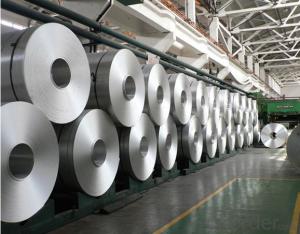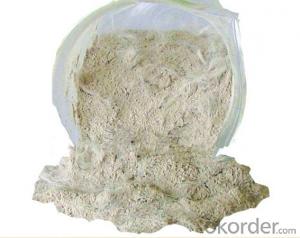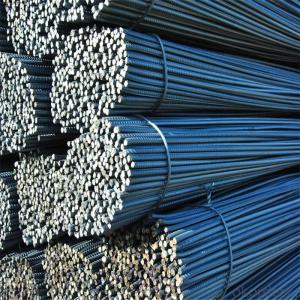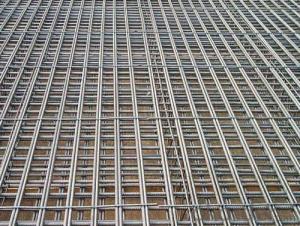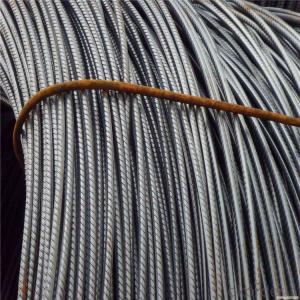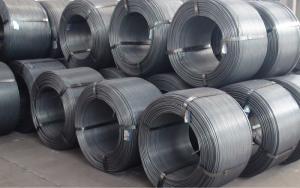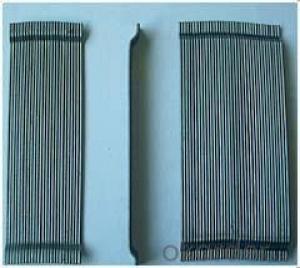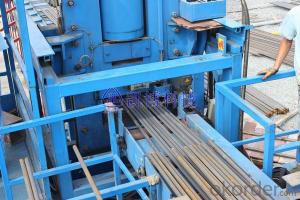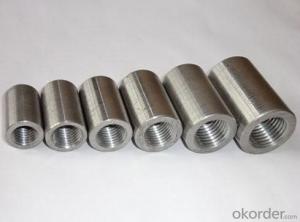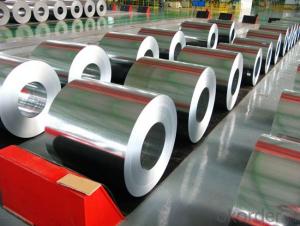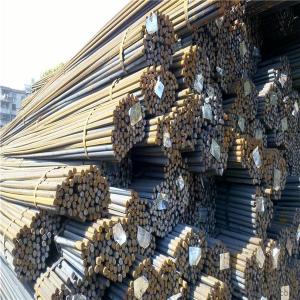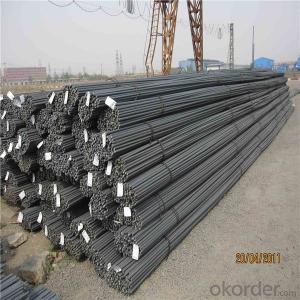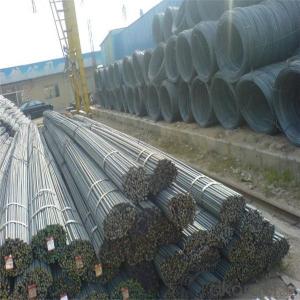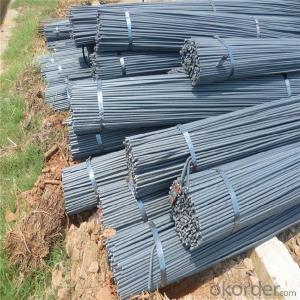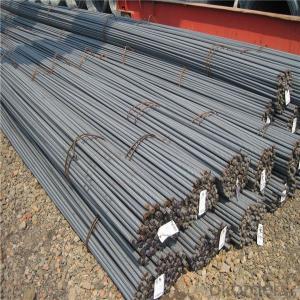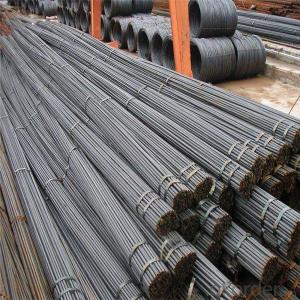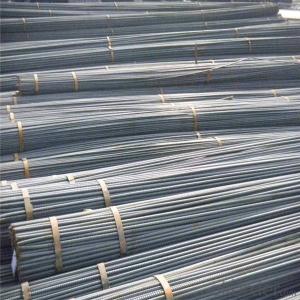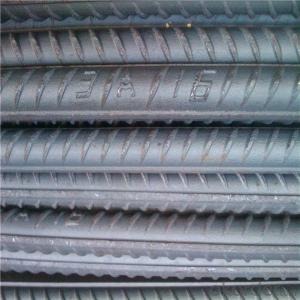Rebar Coil
Rebar Coil Related Searches
Pvc Coated Aluminum Coil Stock Pvc Coated Aluminum Coil Alside Pvc Aluminum Trim Coil Pvc Aluminum Coil Coil Coated Aluminum Sheet Flat Aluminum Wire Coil Best Aluminum Trim Coil Custom Rolled Aluminum Coil 3/4 Aluminum Tubing Coil light bond plus aluminumHot Searches
China Aluminum Coil Factory China Black Aluminum Coil Aluminum Corp Of China Stock China Aluminum Coil China Black Aluminum Plate China Aluminum Plate Panels China Aluminum Floor Plate China Aluminum Composite Plate China Flat Aluminum Plate China Cutting Aluminum Plate China Aluminum Plate Suppliers Aluminum Copper Coil Scrap Price Aluminum Plate China Types Of Raw Materials Used In Industries Aluminum Ac Coil Scrap Price Aluminum Coil Price Per Kg Aluminum Coil Price Per Pound Aluminum Coil Price China Aluminum Stock Alcoa Aluminum Stock Price TodayRebar Coil Supplier & Manufacturer from China
Okorder.com is a professional Rebar Coil supplier & manufacturer, offers integrated one-stop services including real-time quoting and online cargo tracking. We are funded by CNBM Group, a Fortune 500 enterprise and the largest Rebar Coil firm in China.Hot Products
FAQ
- Steel rebars can be used in structures with aggressive chemical exposure, but their performance may be compromised depending on the specific chemicals involved. It is crucial to select the appropriate type of steel with corrosion-resistant properties or use protective coatings to prevent degradation and maintain structural integrity. Additionally, regular maintenance and monitoring are required to ensure the rebars' durability in such environments.
- The strength of steel rebars can be affected by several factors. These factors include the composition of the steel bar, the manufacturing process used, the size and shape of the rebar, heat treatment processes, corrosion, and the loading conditions applied to the rebars. The composition of the steel bar is crucial in determining its strength. Steel rebars typically contain carbon, with a content ranging from 0.15% to 0.6%. This carbon content affects the hardness and strength of the rebar. Additionally, other elements such as manganese, silicon, and sulfur can also impact the rebar's strength. The manufacturing process used to produce the steel rebars can also influence their strength. Hot rolling is commonly employed, which involves heating the steel billets to high temperatures and shaping them by passing them through rollers. The cooling rate during this process can cause variations in the internal microstructure of the bar, resulting in differences in strength. The size and shape of the rebar are significant factors in determining its strength. Thicker and larger diameter rebars generally have higher strength capacities compared to thinner ones. Furthermore, the shape of the rebar, whether it is a plain round bar or has deformations like ribs, can also impact its strength. Heat treatment processes can be applied to steel rebars to enhance their strength. For example, quenching and tempering involve heating the rebar to a high temperature and then rapidly cooling it, increasing its strength and hardness. The specific heat treatment process used depends on the desired strength requirements. Corrosion can significantly reduce the strength of steel rebars over time. When exposed to moisture and oxygen, steel rebars can rust, leading to structural degradation. Proper corrosion protection measures, such as epoxy coating or galvanization, are essential for maintaining the strength and durability of the rebars. The type and magnitude of the applied loads also influence the strength of steel rebars. Different applications require rebars with varying strength capacities. Therefore, the design and engineering of structures should consider the expected loads to determine the appropriate strength of the rebars used. In conclusion, the strength of steel rebars is influenced by their composition, manufacturing process, size and shape, heat treatment, corrosion protection, and the loading conditions they will experience. It is crucial to consider these factors when selecting and using steel rebars in construction projects.
- The structural integrity of a building is greatly enhanced by steel rebars, which play a vital role in this regard. Rebars, also known as reinforcing bars, are typically made of steel and are used to provide strength and stability to concrete structures. They are embedded within the concrete to create a composite material capable of withstanding various forces and loads. To begin with, rebars aid in the distribution and transfer of loads across the structure. When external forces such as wind, earthquakes, or heavy loads act upon a building, the rebars act as reinforcements, absorbing and dispersing these forces. By spreading the load over a larger area, they prevent concentrated stress points that could potentially lead to structural failure. Furthermore, rebars help prevent cracks and fractures in the concrete. Although concrete is highly durable under compression, it is weak in tension. Steel rebars, with their high tensile strength, counteract this weakness by resisting the tensile forces that could cause the concrete to crack or fail. By reinforcing the concrete, rebars ensure that the structure remains intact and can withstand various stresses. Additionally, rebars increase the overall durability and lifespan of a building. By providing additional strength and stability, they reduce the likelihood of structural damage, ensuring that the building can endure over time. This is particularly crucial in areas prone to natural disasters, where the strength of a building can be a matter of life and death. Lastly, steel rebars contribute to the overall safety of a building. By reinforcing the structure, they enhance its ability to withstand extreme events such as earthquakes or heavy impacts. This not only protects the occupants of the building but also reduces the risk of collateral damage to surrounding structures. In conclusion, steel rebars are indispensable components in construction that significantly contribute to a building's structural integrity. Their ability to distribute loads, prevent cracks, increase durability, and enhance safety make them a crucial element in modern construction practices.
- Steel rebars are used in retaining walls to provide additional strength and reinforcement. These rebars, which are typically placed horizontally and vertically within the wall, help to counteract the lateral forces and prevent the wall from collapsing or shifting. They enhance the structural integrity of the retaining wall, allowing it to withstand the pressure exerted by the soil or other materials being retained.
- Indeed, foundation structures can benefit from the utilization of steel rebars. These rebars, also referred to as reinforcing bars, are commonly employed in concrete construction to bolster and reinforce the structure. By incorporating steel rebars into foundation structures, the load-bearing capacity and durability of the foundation can be significantly enhanced. Steel rebars are crafted from steel, a material renowned for its remarkable tensile strength and corrosion resistance. Consequently, steel proves to be an ideal substance for deployment in foundation structures. These rebars are seamlessly integrated into the concrete during the construction process, augmenting the strength of the foundation and preventing any potential cracks or fractures. Moreover, they serve to uniformly distribute the load throughout the foundation, thereby diminishing the likelihood of settlement or failure. Moreover, the flexibility of steel rebars allows for effortless customization to meet the specific requirements of the foundation structure. They are available in various sizes, shapes, and grades, enabling adaptability in design and construction. This adaptability renders steel rebars appropriate for implementation in diverse foundation structures, ranging from residential to commercial and industrial buildings. In conclusion, steel rebars represent a dependable and cost-effective choice for reinforcing foundation structures. They bolster the structural integrity and longevity of the foundation, ensuring the establishment of a robust and stable base for the entire edifice.
- Steel rebars can help to control and limit crack width in reinforced concrete structures. The presence of rebars provides reinforcement and increases the tensile strength of the concrete. This enhanced strength helps to distribute and redistribute the stresses caused by loads, reducing the likelihood and width of cracks forming in the concrete. Additionally, the rebars act as a barrier, preventing cracks from propagating and limiting their width.
- There are several factors that determine the selection of steel rebars for construction projects. One of the most important factors is the required strength and durability of the structure. Different grades of steel rebars have different yield strengths, which indicate the maximum amount of stress the rebar can withstand before it begins to deform. The design of the structure and the load it will bear will determine the required strength of the rebars. Another factor is the corrosion resistance of the rebars. Steel rebars are susceptible to corrosion, especially when exposed to moisture and other environmental factors. In areas with high humidity or near coastal regions, corrosion-resistant rebars may be required to ensure the longevity and structural integrity of the project. The size and shape of the rebars also play a role in their selection. The diameter of the rebar is determined by the structural requirements and the concrete cover thickness. The shape of the rebar, whether it is plain, deformed, or ribbed, also affects its bonding with the surrounding concrete. The availability and cost of the rebars are important factors as well. Some grades or types of steel rebars may be more readily available in certain regions, while others may need to be imported. The cost of the rebars will also influence the selection, as different grades and types may have varying price points. Lastly, the specifications and requirements set by local building codes and regulations must be considered. These codes often dictate the minimum standards for strength, corrosion resistance, and other factors that must be met by the rebars used in construction. Overall, the factors that determine the selection of steel rebars include required strength, corrosion resistance, size and shape, availability and cost, and compliance with local building codes and regulations. By considering these factors, engineers and construction professionals can select the most suitable rebars for their projects to ensure safety, durability, and cost-effectiveness.
- Steel rebars contribute to the energy efficiency of a building by enhancing its structural integrity and durability. By reinforcing concrete structures, such as walls, columns, and beams, steel rebars help distribute and withstand the loads imposed on the building. This reduces the risk of structural failure and allows for the use of thinner concrete sections, which in turn saves on material and reduces the overall weight of the building. Consequently, the lighter building requires less energy for construction and transportation, and also decreases the demand on heating, cooling, and lighting systems, resulting in improved energy efficiency.









